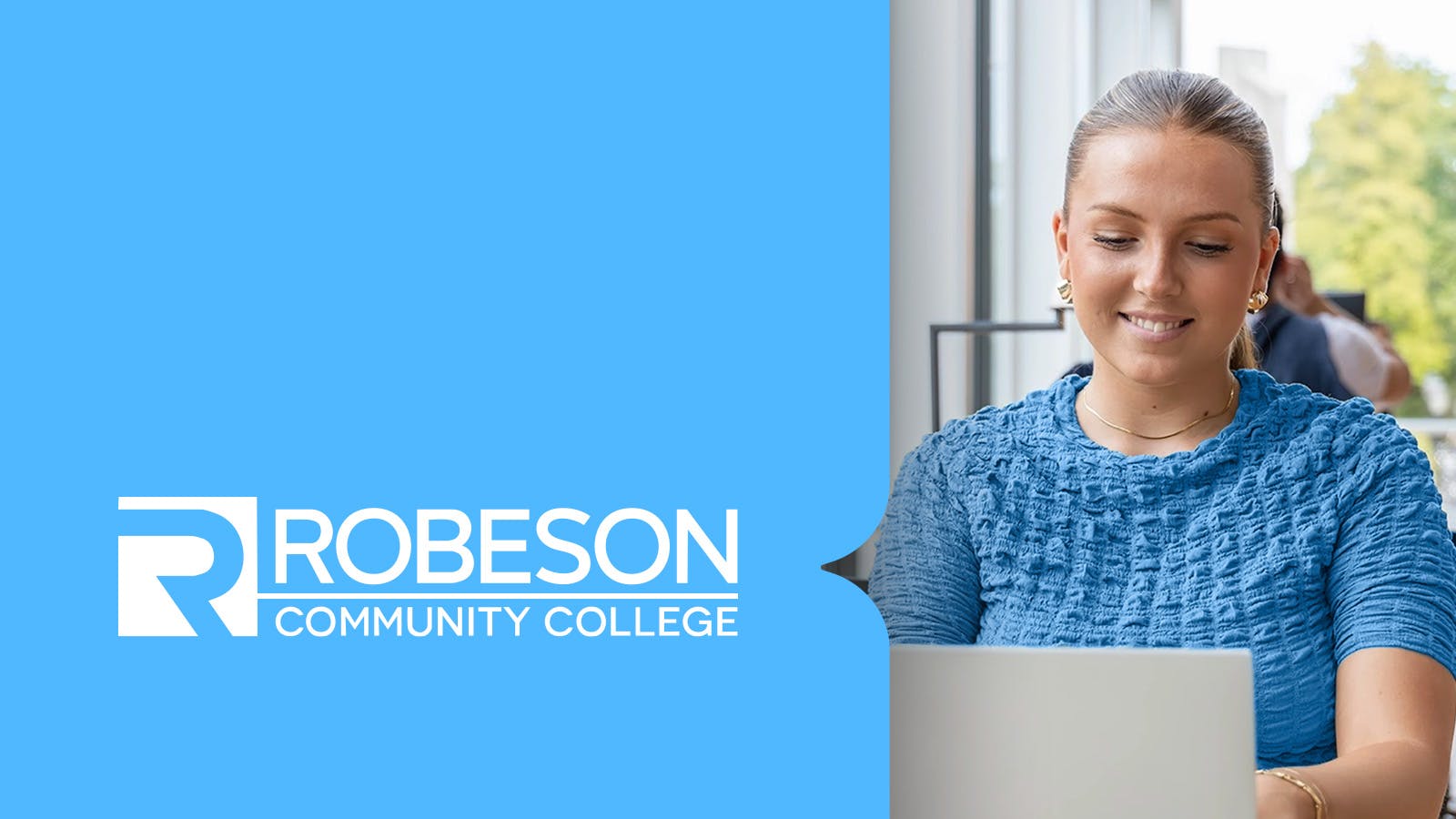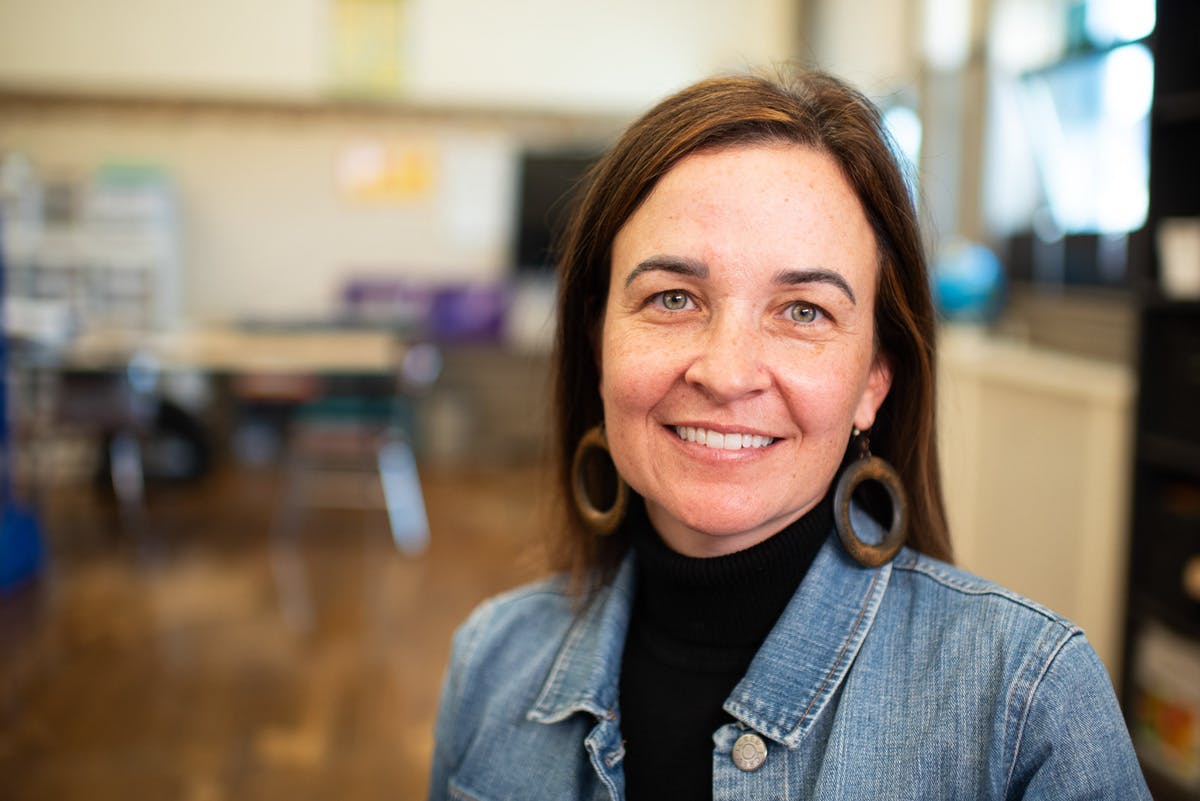Results at a glance
- 4,000+ students actively using Read&Write across the district
- Adoption beyond special education: 62% of elementary users and 80% of high school users are GenEd students
- Engagement in action: one student used the Check It feature 117 times in a single semester
Edmond Public Schools contains 30 schools and 25,754 students. The district’s minority enrollment is 40%.
We didn’t want it to be just a special education initiative.
The reading roadblock
Every district leader knows the pattern: students get older, but their reading doesn’t keep pace. By middle school, the gaps have widened. By high school, discouraged learners are still grappling with elementary-level texts. Teachers do what they can to piece together supports, but without systemwide tools, the burden falls on individuals. Too many students slip through the cracks.
That was the reality in Edmond Public Schools, a district outside Oklahoma City serving more than 25,000 students.
“We weren’t meeting that need for these kids, and these kids were getting older and they’re supposed to be reading to learn, not learning to read.”
GenEd students who didn’t qualify for services were quietly struggling. Special education teams worked tirelessly, but progress was uneven and inconsistent. For Emily Boyett, a speech-language pathologist, the situation was shocking.
“I was just shocked that they didn’t have access to these tools.”
The tools she had in mind were those that help students break through barriers in reading and writing. Her determination to change that reality sparked a districtwide movement. It would ultimately lead Edmond to bring in Read&Write, giving every student access to the kind of support Emily knew they needed.
Making supports universal
From the start, Emily was clear: the tools couldn’t just live in special education.
"We didn’t want it to be just a special education initiative."
She knew that keeping them there would limit their impact. Many of the students who needed them most were not on IEPs at all. They were GenEd learners quietly struggling without formal supports. By making Read&Write available districtwide, Edmond was putting Universal Design for Learning into practice, building access and flexibility into everyday instruction.
Believing the tools belonged in every classroom was one thing. Getting the district on board was another. Emily began by showing leaders what the tools could do and why they mattered for more than just special education. She presented to principals, worked with her director, and brought the conversation to the district leadership team. Each step built credibility and opened more doors, until what started as her conviction began to take hold across the district, with the data to back it.
Her advocacy style combined persistence with approachability. “My philosophy is just be the squeaky wheel. And my other philosophy is be really likable… I’m going to have data. I’m going to be really likable about it. I’m going to be the honey, not the vinegar.”
That combination of grit and warmth helped her build allies across the district. She presented to principals, trained teachers during PLCs, and even sparked competition by delivering cookies to schools with the highest usage. “If you’re going to tell me no,” she said, “you’re going to have to do it in the face of all this data.”
Even competing vendors couldn’t ignore the progress Edmond was making. When one competitor tried to win back the district, their own team admitted: “It sounds like you’ve got really great implementation.”
The district’s board took notice too, funding adoption and later approving renewals despite tight budgets.
Results that speak for themselves
By the time Emily pulled her first reports, the impact was undeniable. Roughly 4,000 students were actively using Read&Write. And the adoption wasn’t confined to special education. At the elementary level, 62 percent of users were GenEd students, and at the high school level, that number rose to 80 percent. What surprised her most was how quickly students discovered the tools on their own.
“What really blew me out of the water was the usage of tools by GenEd kids who had never even been trained, including elementary.”
For Emily, this spoke volumes about the tools themselves. They were intuitive enough for students to pick up without training and powerful enough that students kept returning to them because they met real needs.
The reports revealed patterns across grade levels. High school students embraced word prediction, using it to express ideas more fully and with greater confidence. One student used the Check It feature 117 times in a single semester, showing how students were actively turning to Read&Write to strengthen their writing.
Elementary students gravitated toward the highlighter and Gather Highlights, features that allow them to pull key ideas from text and automatically organize those highlights into a structured outline. For Emily, those numbers told a story of engagement.
“If they’re highlighting, it literally means they are engaging with the curriculum and the text.”
And sometimes, the change was dramatic. One elementary student, who had struggled for years with grade-level text, finally experienced reading supports that allowed him to access the same content as his peers.
“That kid left that room. I swear his feet weren’t touching the ground. He was a different kid.”
For Emily, these weren’t isolated anecdotes. They reflected a pattern she was seeing across the district: students who had once been discouraged were now leaning in, engaging with grade-level work, and finding new confidence in their abilities. The combination of usage data and real student transformations made the impact unmistakable.
“This tool single-handedly will keep some kids in school and from dropping out.”
What other districts can learn
Edmond’s story offers lessons that extend far beyond its district lines. For other districts, the path forward is clear:
- Find your champions. Every district has people like Emily who are passionate about helping students. Give them space to lead, and they can break down silos and push for universal access.
- Make tools part of everyday learning. When technology is woven into daily instruction instead of being seen as a separate accommodation, students are more likely to use it and benefit from it.
- Bring both numbers and stories. Usage data shows impact, but pairing it with student success stories makes the case impossible for leaders and boards to ignore.
Today, thousands of Edmond students, from elementary through high school, are not just keeping up. With Read&Write, they are discovering confidence, independence, and a love of learning.
As Emily reflects, “I love presenting the tools. I love the wows. I love the feedback I get. I believe in it. I know these tools are helpful.”



